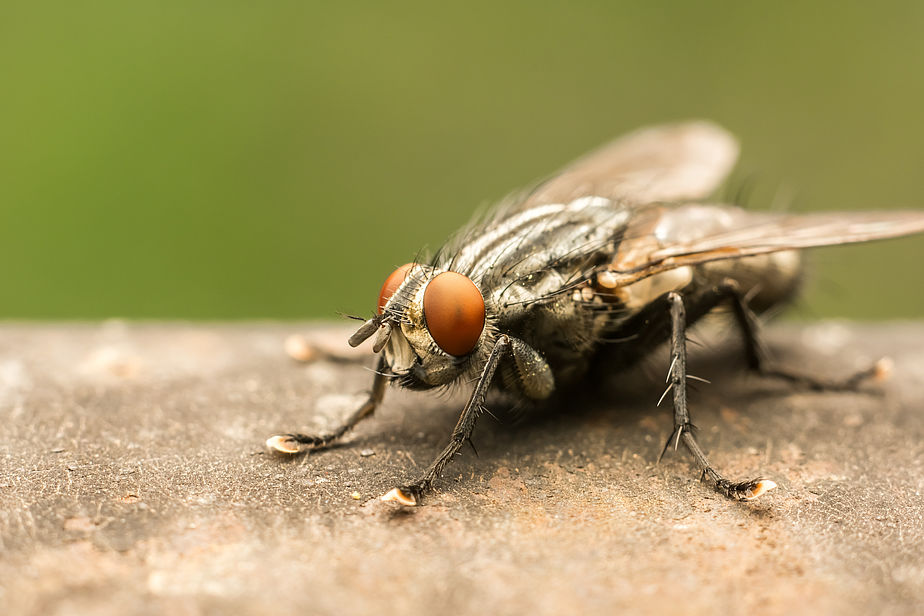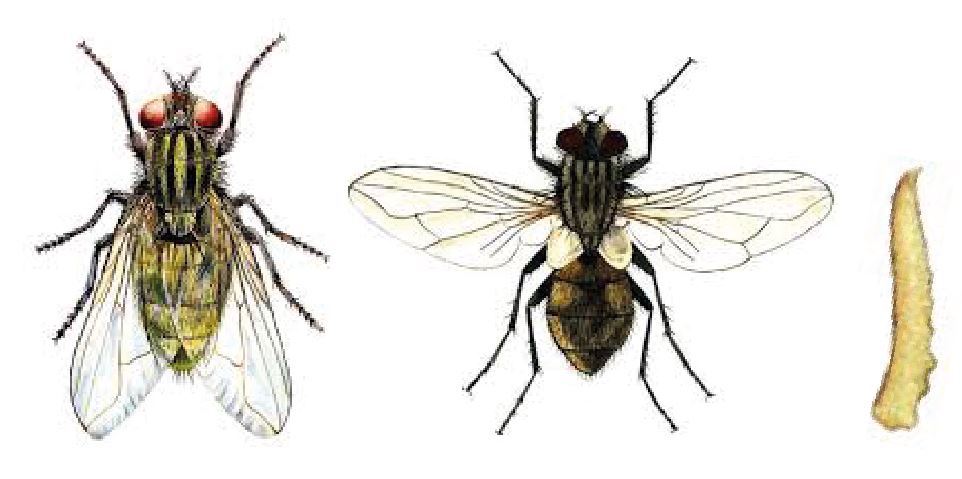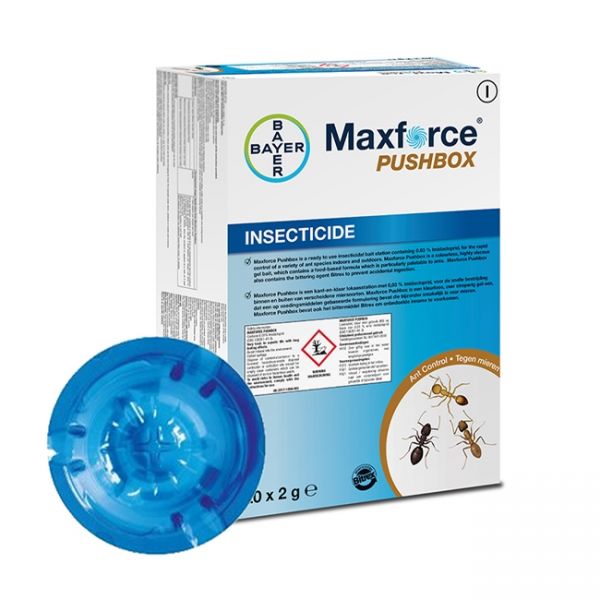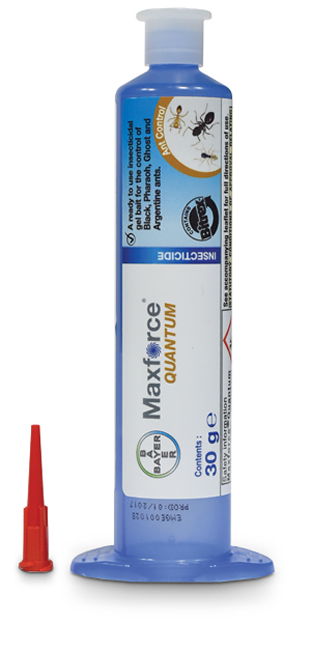Housefly (Musca domestica)
Housefly (Musca domestica)
 |
 |
Identification:
Adult fly, 5 to 8 mm in length. Grey thorax with 4 narrow longitude stripes. Buff or yellow abdomen and covered with small hairs.
Larvae are up to 12mm in length, white in colour and taper to a point at the head end. There are 2 spiracle “spots” at the hind end.
Biology:
Each female fly can lay up to 500 eggs in several batches of about 75 to 150 eggs, each over a three to four day period in almost any warm, moist material that will supply suitable food for the larvae. In warm weather, eggs hatch in 12 to 24 hours.
Control:
The best method of fly control is to physically break the breeding cycle by making sure they cannot find anywhere to breed. Good hygiene is essential in all fly management, and the proper disposal of waste food and other materials on which the flies can lay eggs is a priority. Food should be covered or kept in suitable containers. Waste food and other household waste should be placed in plastic bags, sealed, and properly disposed of in dustbins which have proper fitting lids, are emptied and cleaned regularly and are sited away from the entrances to buildings. Fly sprays and papers can be used to control adult flies. Fly screens and electronic fly killers are often used in commercial premises to control flying insects including the House Fly. In order to obtain the best results, insecticidal control measures using products labelled for flying insects should be integrated with good hygiene practices.
**Products to control Housefly:
|
Imidasect Ant Gel (35g tube) |
Maxforce Pushbox (20 x 2g) |
Maxforce Quantum Gel (30g tube) |



